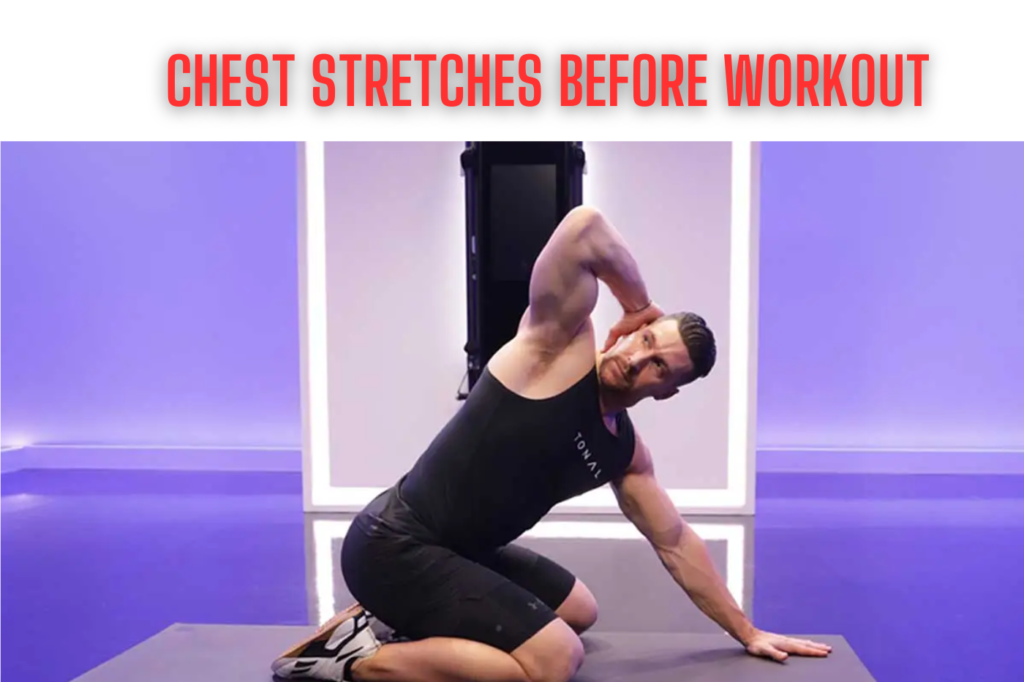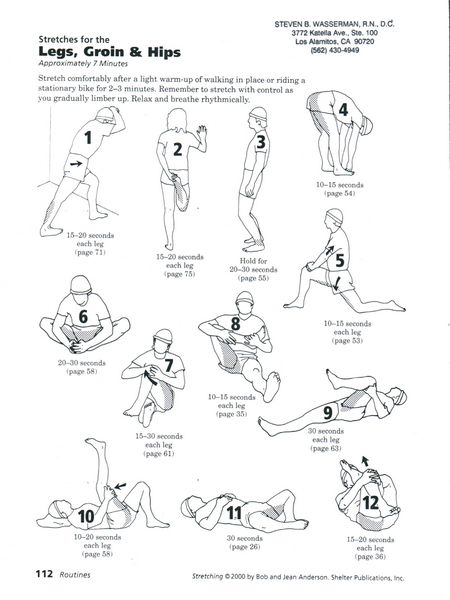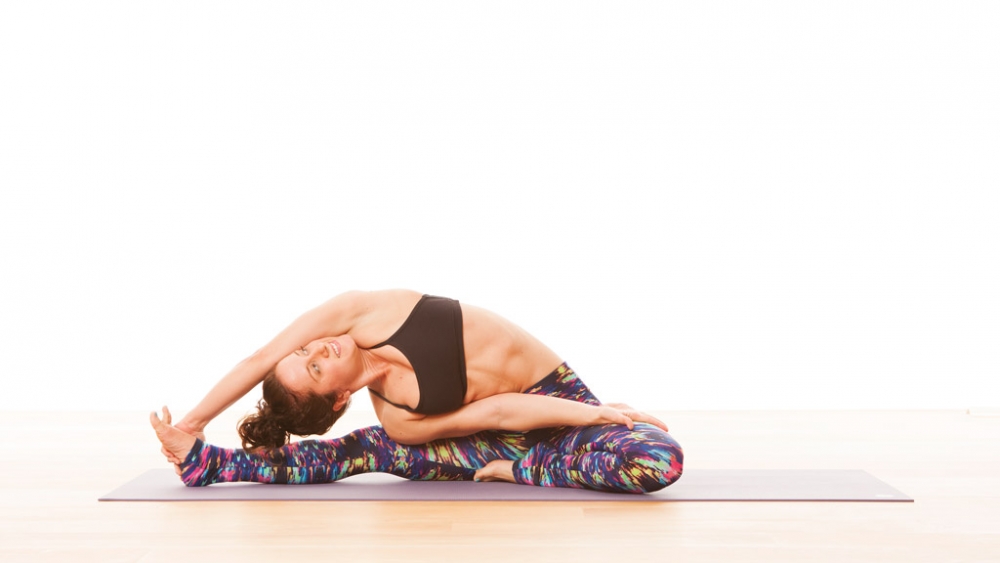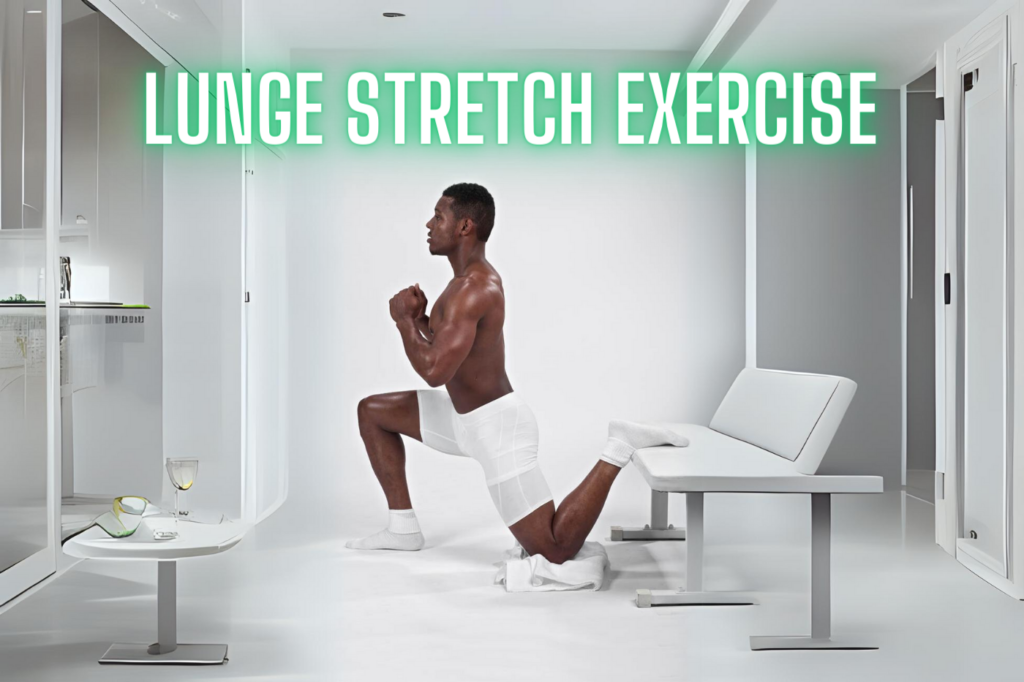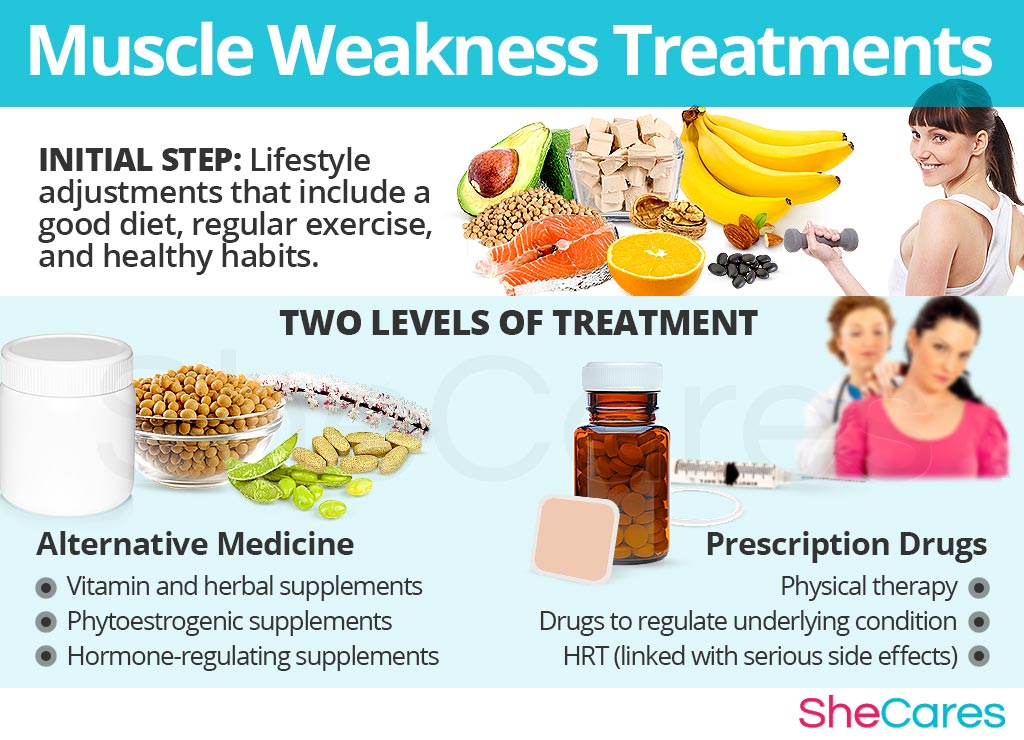Chest stretches before a workout enhance flexibility and reduce the risk of injury. They prepare your muscles for intense exercise.
A well-rounded chest stretch routine is crucial for anyone engaging in upper body workouts. Stretching your chest muscles improves blood flow, enhances range of motion, and reduces muscle tightness. Incorporating these stretches into your warm-up can lead to better performance and quicker recovery.
Simple stretches like the doorway stretch or chest opener can make a significant difference. Consistency is key; regular stretching helps maintain muscle elasticity and joint health. Always ensure proper form to maximize benefits and avoid strain. Prioritizing chest stretches sets a strong foundation for a safe and effective workout session.
Importance Of Chest Stretches
Chest stretches are very important for muscle performance. They help to improve your flexibility. This means your muscles can move better. Stretching also helps your muscles warm up. Warm muscles work better and are stronger. You will notice better muscle control. This helps you to lift weights easier.
Chest stretches can help prevent injuries. Stretching makes your muscles more flexible. Flexible muscles are less likely to tear. This means fewer muscle strains and injuries. You will be able to work out longer and harder. This is because your muscles are ready for the workout. Your body will thank you for stretching.
Anatomy Of The Chest
The chest has two main muscles. These are the pectoralis major and pectoralis minor. The pectoralis major is the larger muscle. It covers most of the chest. The pectoralis minor is smaller. It lies underneath the pectoralis major.
Muscles become more flexible when stretched. Stretching helps improve blood flow to the muscles. This can reduce the risk of injury. Stretching also helps muscles become stronger over time.
Best Time To Stretch
Dynamic stretches help warm up muscles. These movements increase blood flow. They prepare your body for exercise. Examples include arm circles and chest openers. Perform these stretches before starting your workout. You will feel more flexible and ready. This reduces the risk of injury. Dynamic stretches also improve performance.
Static stretches help cool down muscles. Hold each stretch for 15-30 seconds. This helps relax the muscles. Stretching after a workout increases flexibility. It also reduces muscle soreness. Examples include chest stretches and shoulder stretches. Perform these stretches to aid recovery. You will feel less tight and more relaxed.

Credit: www.facebook.com
Dynamic Chest Stretch Techniques
Stand up straight and keep your feet shoulder-width apart. Swing your arms forward and backward. Swinging helps loosen the chest muscles. Repeat the swings for 10-15 times. This stretch is simple yet very effective.
Hold a resistance band behind your back. Pull the band outward, stretching your chest. Keep your arms straight while pulling. This exercise activates and stretches the chest muscles. Perform 10-12 repetitions. The chest expander improves flexibility and strength.
Static Chest Stretch Techniques
Stand in a doorway. Place your arms on the door frame. Keep your elbows at a 90-degree angle. Step forward with one foot. Feel the stretch in your chest. Hold this position for 20-30 seconds. Switch legs and repeat. This stretch helps improve chest flexibility.
Lie on your back. Bend your knees with feet flat on the floor. Extend your arms out to the sides. Keep them at a 90-degree angle. Slowly move your arms up and down. Keep your elbows and wrists touching the ground. This exercise helps open up your chest. Repeat 10-15 times for best results.
Incorporating Flexibility Training
Chest stretches should be done regularly. Three to five times a week is ideal. This helps keep muscles flexible. Stretching before a workout can prevent injuries. Make sure to hold each stretch for at least 20-30 seconds. This allows the muscles to relax.
Strength training and stretching go hand in hand. After lifting weights, always stretch your chest muscles. This helps in muscle recovery. It also improves your overall performance. Stretching can reduce muscle soreness. Flexible muscles are less likely to get injured. Make stretching a part of your routine.
Common Mistakes To Avoid
Overstretching can harm muscles. Stretching too far may cause pain or injury. Always listen to your body. Stop if you feel sharp pain. Stretching should feel good, not hurt. Move slowly and gently. Warm up before stretching.
Proper form is important for safe stretching. Poor form can lead to injuries. Always keep your back straight. Avoid arching or twisting your spine. Keep shoulders relaxed and down. Use mirrors to check your posture. Ask a trainer for help if needed.
Advanced Stretching Techniques
PNF Stretching helps muscles relax and stretch further. It combines muscle contraction and stretching. Start by pushing your hands against a wall. Hold for a few seconds, then relax and stretch your chest. Repeat for better flexibility.
Equipment like resistance bands or foam rollers can improve your chest stretches. Use a resistance band to pull your arms back gently. This deepens the stretch. A foam roller can also help. Lie on it and roll slowly to stretch your chest muscles.
Listening To Your Body
Pain is sharp and sudden. Discomfort feels more like a dull ache. Understanding the difference helps avoid injury. Pain means stop immediately. Discomfort might mean you need to adjust. Always be cautious and listen to your body.
Modify stretches to suit your flexibility. Use props like a towel if needed. Stretching should feel good, not painful. Small adjustments can make a big difference. Hold each stretch for at least 20 seconds. Stay relaxed and breathe deeply.

Credit: www.pinterest.co.uk

Credit: www.tonal.com
Frequently Asked Questions
How To Stretch Chest Before Lifting?
Perform chest stretches like doorway stretch and arm circles. Hold each stretch for 20-30 seconds. Warm up first.
How To Warm Up For Chest Exercise?
Start with 5-10 minutes of light cardio to increase blood flow. Follow with dynamic stretches, like arm circles and chest openers. Perform warm-up sets with lighter weights.
How To Loosen Tight Chest Muscles?
Stretch regularly and perform chest-opening exercises. Use a foam roller to massage tight areas. Practice deep breathing and maintain good posture.
Do I Need To Stretch My Chest?
Yes, stretching your chest is beneficial. It improves flexibility, reduces muscle tension, and enhances posture. Regular chest stretches can prevent injuries and promote better overall muscle balance.
Conclusion
Incorporating chest stretches into your workout routine can enhance flexibility and prevent injuries. These simple exercises prepare your muscles for intense activity. Always prioritize stretching to maximize performance and recovery. Remember, consistent stretching leads to better results and a more effective workout.
Make chest stretches a regular part of your fitness regimen.

